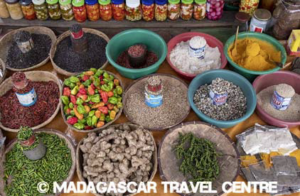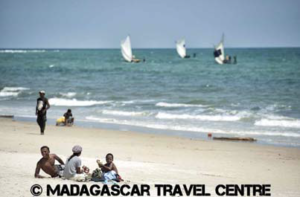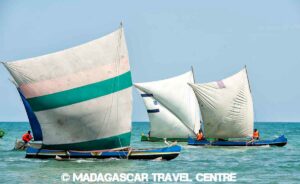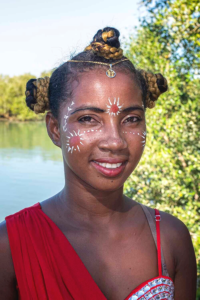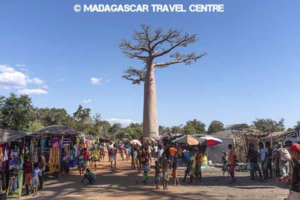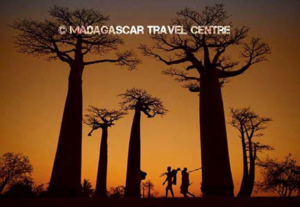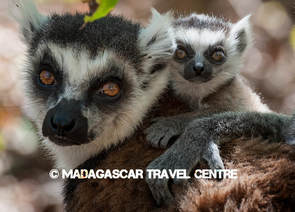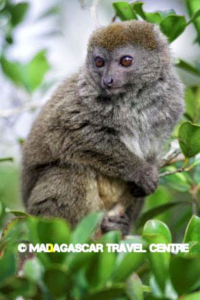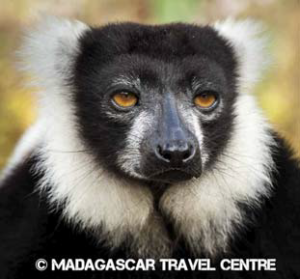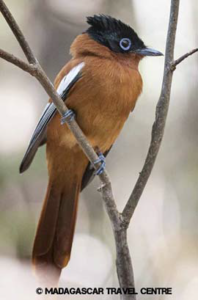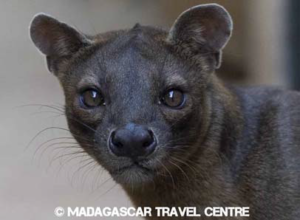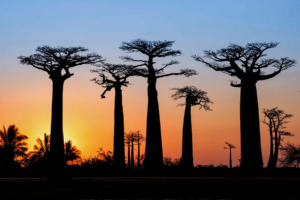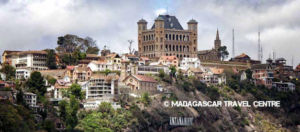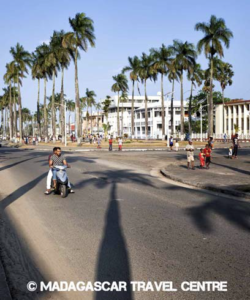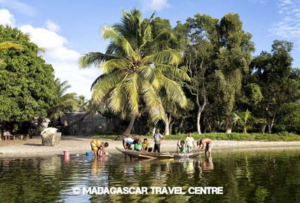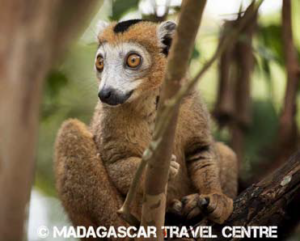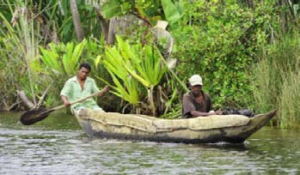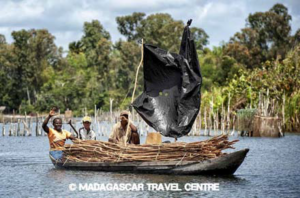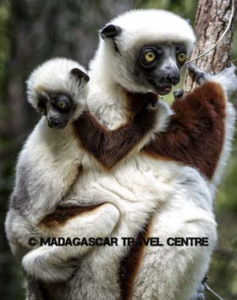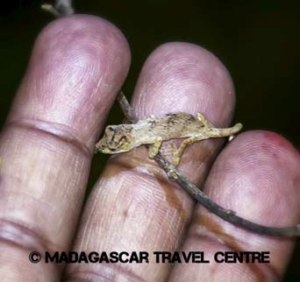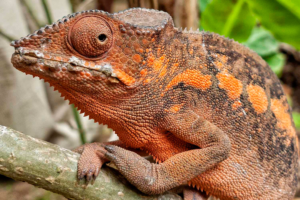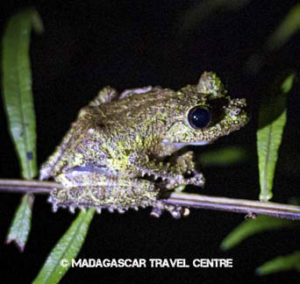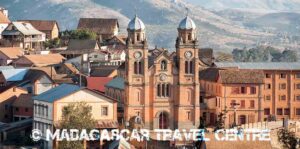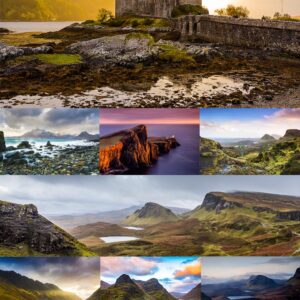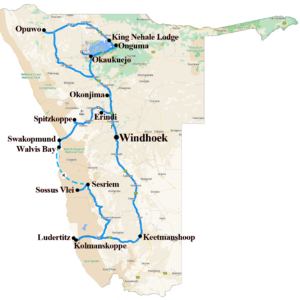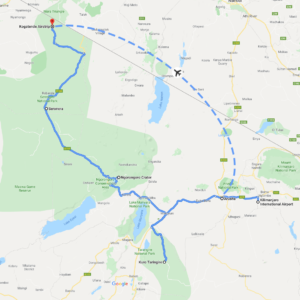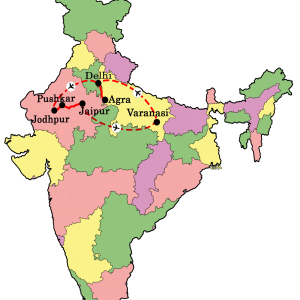Date: 17 May – 1 June 2023 (15 days/14 nights)
Group Size: Maximum of 4 people
Madagascar is the fourth largest island in the world and unlike anywhere else. With approximately 90 percent of animals and plants being endemic, Madagascar is regarded as one of the world’s very best destinations for wildlife photography. Whether it be the amazing lemurs, colourful chameleons, rare birds, geckos or frogs, you’re guaranteed to be amazed by the extraordinary natural diversity on offer.
Madagascar’s landscapes is however equally varied and impressive. From pristine white sand beaches to mangrove forests, endless jungles, incredible karst formations and the iconic Avenue of Baobabs, those keen on landscapes won’t be disappointed. Untouched by mass tourism, the colonial towns, remote coastal villages and lively local markets are also uniquely interesting, whilst the welcoming locals will always greet you with a smile. Come and join us on what will surely be an endlessly photogenic journey.
Please Note: the online booking system is not yet functional, please contact us directly for further details.
Description
Day 1: ARRIVE IN ANTANANARIVO (L/D)
After arrival in Antananarivo, the capital city of Madagascar, we will be transferred by road to the city for our overnight stay.
The capital of Madagascar has grown rapidly in the past few years, yet the history of the nation is still found in older buildings from per-colonial times, while the French influence is everywhere, from shops and signs, to colonnade architecture. Tana is a cross-section of the culture and history of the nation and its people. Our journey from the airport to the city will pass through rice filled paddy’s, sprawling urban areas and into the hills that form the centre of the city.
Day 2: ANTANANARIVO – ANTSIRABE (B/L/D)
This morning we depart for Antsirabe (about 170km south of Tana). Our first stop will be at the little town of Ambatolampy. Here there is a craft factory producing aluminium “cocottes” (similar to a Dutch Oven) used for cooking in all Malagasy households. It is all undertaken by hand and shows what can be done by the simplest of methods.
We will proceed to Antsirabe where we will take lunch at Zandina Restaurant. Antsirabe is the third largest city in Madagascar and has a population of approximately 183,000. Due to its altitude (about 1,500m) temperatures are cooler generally, and very cool in winter. The temperate climate was probably the reason why Norwegian missionaries chose this place to settle down in 1872. Its name means “where there is salt” honouring the large number of hot springs the town has, a fact that has given the city the nickname of “Malagasy Vichy”. Thermal baths had been long appreciated for their curative effects by the local population before French colonists decided to locate a thermal bath here in the 19th century.
After lunch we visit the nearby crater lakes of Tritriva and Andraikiba. We pass through typical rural hamlets near the lakes, and with luck see some rare birds at Andraikiba.
Day 3: ANTSIRABE – MORONDAVA (B/L/D)Today we have a long road journey to the west coast through the central highlands of Madagascar. The journey will take us through a wondrous cross-section of Malagasy life – farms of various sorts, small towns and villages, changing housing architecture and different ethnic sub-groups. Stops will be provided along the way for exploration and photography.
We will stop for lunch at the regional town of Miandrivazo, before continuing to the seaside city of Morondava. After checking into our hotel, we will head to the beach for sunset. Depending upon the winds and the weather we may find many local families enjoying their afternoon at the beachfront – a true Malagasy tradition in these coastal locations.
Day 4: MORONDAVA (B/L/D)
This morning (depending upon the tides) we set out across the nearby river and visit to the village of Betania. This is a fishing village of around 1,000 people and has very basic facilities. It is inhabited by the Vezo tribal group (part of the Sakalava group). Fishing is practiced with net fishing from dug-out canoes and line fishing from outrigger canoes. We will have the opportunity to photograph some of the locals.
Later in the day we visit the centre of town and see the local markets before heading out to the Avenue of Baobabs for sunset.
Of the nine baobab species in the world, six are endemic to Madagascar; two are found in Africa and another in Australia. The best place to see one of these species, the “Adansonia granddieri”, is the Avenue des Baobabs. This is a large region with the majestic tree in abundance, and a sacred baobab with offerings around it showing the significance of the trees. There are also two that have become intertwined, and are known as “Les Baobabs Amoureux”.
Tonight, we enjoy an astrophotography shoot at the Avenue of Baobabs.
Day 5: MORONDAVA – KIRINDY (B/L/D)After an early breakfast we commence our journey north to Kirindy, passing the amazing Avenue of Baobabs. Kirindy (also known as the Swiss Forest) is arguably the best place to see some of Madagascar’s nocturnal inhabitants such as the fossa, Madagascar’s largest carnivore, and the endangered giant jumping rat, endemic to this area.
The forest also has a good cross-section of lemur species (Fork-marked lemur, Coquerel’s dwarf lemur, fat-tailed dwarf lemur, Milne Edward’s sportive lemur, grey mouse lemur and the very rare pygmy mouse lemur). Bird life here is very diverse and numerous reptiles (like chameleons) abound.
During the afternoon we enjoy time exploring the Kirindy forest and seeking out the local wildlife.
Day 6: KIRINDY (B/L/D)
In addition to having some time to relax and enjoy the environment, today we will further explore forest walks during the daylight and in the evening, seeking out more of Madagascar’s unique wildlife.
Day 7: KIRINDY – MORONDAVA (B/L/D)
Today we return to Morondava after a short morning’s walk in Kirindy Forest. On the way back will be stops to see some unusual baobabs and more village life.
Depending on timing, we will return to the Avenue of Baobabs for sunset.
Day 8: MORONDAVA – ANTANANARIVO (B/L/D)
This morning we rise early to do a sunrise shoot at the Avenue of Baobabs, returning for a late breakfast. Late morning, we transfer to the airport for our flight to Antananarivo at 1:45pm.
Upon arrival in Morondava we transfer to our hotel. Later afternoon you have the choice of relaxing at the hotel or exploring the surrounding streets and parks or it’s a short walk to Lake Anosy and the Monument de l’Ange Noir.
Day 9: ANTANANARIVO – TOAMASINA (B/L/D)This morning we enjoy a visit to Ambohimanga sacred hill, location of a traditional fortified royal settlement.
After lunch we will be transferred to the airport for our 5:30pm flight to Toamasina (commonly known as Tamatave), Madagascar’s second largest city and largest port, and therefore the country’s commercial hub, handling much of the island’s foreign trade. On arrival in Toamasina we will be transferred to our hotel for the night.
Day 10: TOAMASINA – LAKE AMPITABE (B/L/D)
This morning we take a walking tour of Toamasina. Wide avenues, palm trees, French colonial buildings and one of the most modern daily markets in the whole of the country will be ours to explore.
We then transfer to the port to board a boat to explore the waters of the Pangalanes, considered by many as one of the most biodiverse and alluring waterways in the world. This series of natural rivers, waterways, canals and man-made lakes extends some 645-kilometre from Toamasina in the north to Farafangana in the south, and were designed to facilitate transportation of goods to the main trading port of Toamasina, because shipping along the Indian Ocean coast was too dangerous. The canal still dominates daily life in this region as it provides the main source of trade, transport and travel. Many traditional Betsimisaraka villages can be seen along the banks, as well as pirogues (traditional dugout canoes), local fishermen, over-crowded ferries and rafts with straw huts carrying timber en-route to Toamasina.
We make our way south to “Le Palmarium” (also known as Ankanin’ny Nofy) which is set on the banks of Lake Ampitabe. The lodge is found on a small private reserve set up to preserve some of the area’s unique flora and fauna. Palm trees, orchids and even carnivorous plants can be found growing in the gardens, and lemurs are easily spotted all year round. The lodge has eleven bungalows with all of the essentials. They have a very natural feel, with thatched roofs, polished stone floors and white washed walls.
In the evening we visit a small island which is home to some extremely rare “Aye-Aye” lemur. Palmarium has exclusive access to this location and their staff accompany us to find some of the Aye-Aye.
Day 11: LAKE AMPITABE (B/L/D)
This morning we undertake a guided walk through the private reserve of Palmarium. There are 10 different lemur species living here and although wild, some are very confident and it is a great chance to get close to these creatures, endemic to Madagascar.
This afternoon is free for your own discovery of the Reserve and the areas surrounding the lodge, or take a wander along the shores of the lake. If possible, we might visit Andranonkoditra, a small fishing village overlooking the Indian Ocean.
Day 12: LAKE AMPITABE – ANDASIBE NATIONAL PARK (B/L/D)This morning it’s back onto the water as we continue our journey through the Pangalanes, witnessing more of the local people going about their daily lives.
Upon arrivial at Manambato, we will leave our boats and continue travel by 4WD vehicle to Andisabe.
This evening there will be the opportunity to undertake a night-walk through the forests that surround the hotel. This will show us a totally different world from that seen during daylight hours.
Day 13: ANDASIBE NATIONAL PARK (B/L/D)
Today we visit the Analamazaotra Reserve. The Andasibe-Mantadia National Park with its 154 km² encompasses two distinct areas: the small Réserve Spéciale d’Analamazaotra (popularly known by the old French name of the nearby town and railway station, “Périnet”) in the south next to Andasibe village; and the much larger Parc National de Mantadia to the north. Both parts belonged to the same humid forest, but because of human activities are now divided in two. The park was created in 1989.
The Reserve is famous for the Indri which is the largest of all lemurs and whose calls can be heard widely during the mornings. There are 13 other lemur species found here. The extraordinary animal diversity is completed with another 15 mammal species, more than 100 of birds (many of them endemic, like the Madagascar yellowbrow, Madagascar baza, Madagascar wagtail or the Madagascar serpent-eagle), 50 species of reptiles, among them the biggest chameleon of the island – the boa manditra, many leaf-tailed geckos and more than 80 species of amphibians.
In all of the nature reserves we visit expect to do quite a bit of walking. In this reserve in particular it may be hot and humid. Depending on the route we take, it can be quite hilly, and after rain, a little muddy.
In the afternoon we visit Vakona Private Reserve, which is a nature reserve owned by Vakona Forest Lodge. Within the reserve lies “Lemur Island”, offering us a great opportunity to get up close to Lemurs in a natural setting.
Day 14: ANDASIBE NATIONAL PARK – ANTANANARIVO (B/L/D)This morning we depart for Antananarivo, a journey of 145kms on quite good roads (about four hours duration).
About midway through our journey, we will stop to visit Réserve Peyrieras, a private reserve created by Mr. Peyrieras. Almost all species of Madagascar’s insects and butterflies are represented here. Visitors can observe them at all stages of their development at the large aviaries adapted to their natural environment. Mr. Peyrieras also has a large collection of chameleons, plus various amphibians, snakes, lizards and crocodiles. The nearby forests are home to a group of the colourful Coquerel Sifaka, and if they are nearby, we will visit them for some close-up photos.
We then continue to Antananarivo for our final night.
Day 15: ANTANANARIVO – DEPARTURE (B)
This morning we enjoy a guided tour of the city, visiting historic and cultural areas, plus a handicraft market.
After lunch we transfer to the airport for our departing flight at 5:00pm. It’s now time to farewell Madagascar and commence our journey home.
All photographs are copyright Madagascar Travel Centre
Additional information
| Details | Included Complete tour as per the itinerary, arrival/departure transfers with the main group, accommodation on twin share basis, private transport in airconditioned 4WD vehicles, boat transfers, meals as indicated on itinerary (B/L/D), English speaking guide, photographic tour leader, tourist taxes, entrance and local guide fees, welcome pack and water during excursion. Unless changed by the government, the visa fee of US $35 will also be included. Not included Return international economy airfares, domestic flights (US $510), arrival/departure transfers if not with the main group, travel insurance, compulsory health requirements (including Covid testing if required), any expenses of a personal nature (such as laundry, phone calls, personal tipping etc.), any meals other than those specified (B/L/D), any drinks (alcoholic or non-alcoholic), excess baggage fee, tips and gratuities. |
|---|





